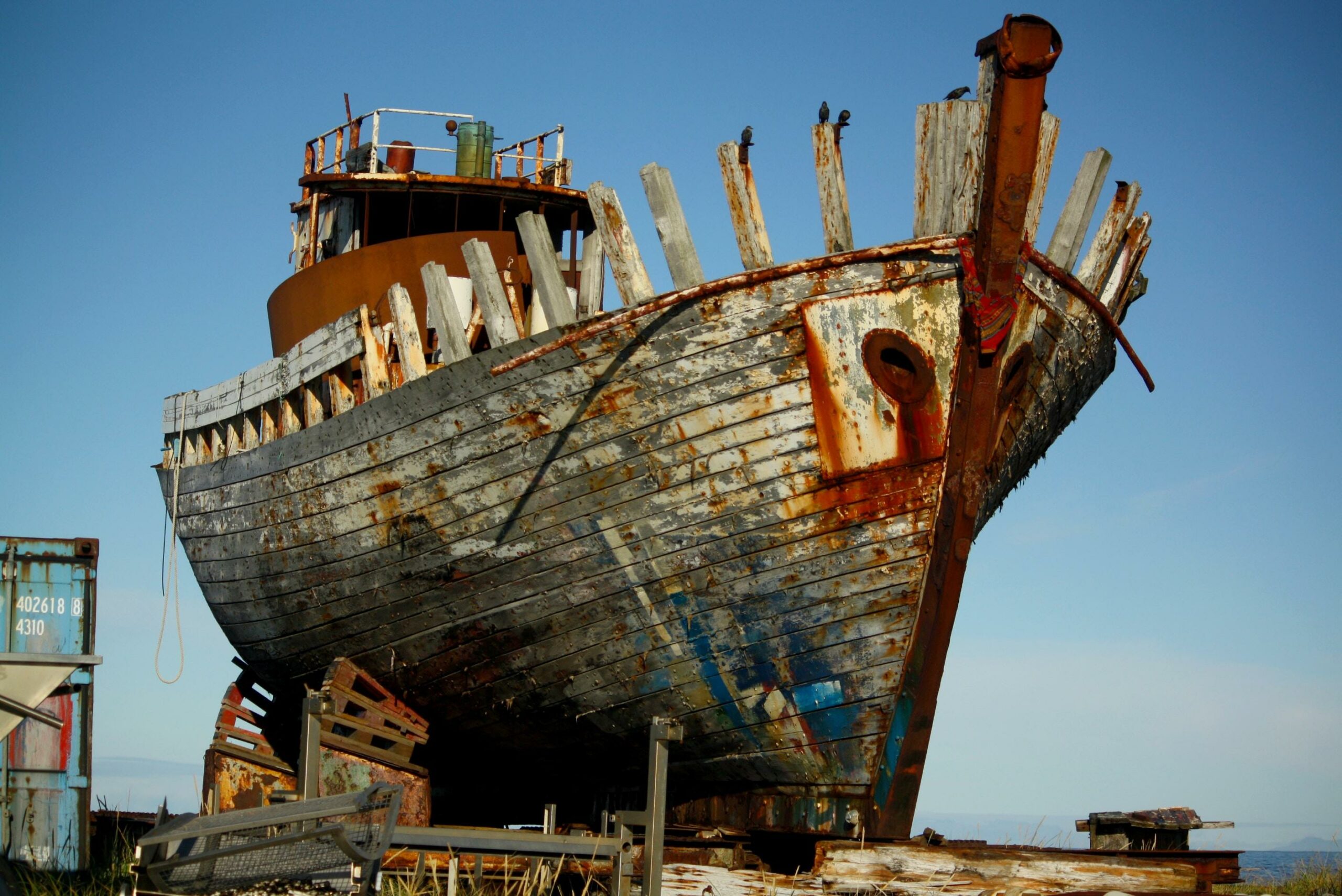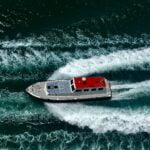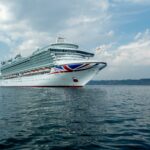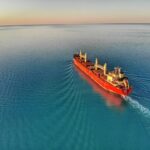Welcome to the captivating world of ships! If you have ever been fascinated by the vast oceans and the majestic vessels that navigate them, then you are in for a treat. In this article, we will unveil a treasure trove of intriguing ship facts that are bound to amaze you. As a seasoned maritime historian with over a decade of experience, I have dedicated my life to unraveling the fascinating stories behind these remarkable behemoths. From their awe-inspiring designs to their historic voyages, we will dive deep into the riveting world of ships and uncover the hidden marvels that lie within. So, fasten your seatbelts and join me on a journey of discovery as we explore the captivating facts that make ships such fascinating entities.
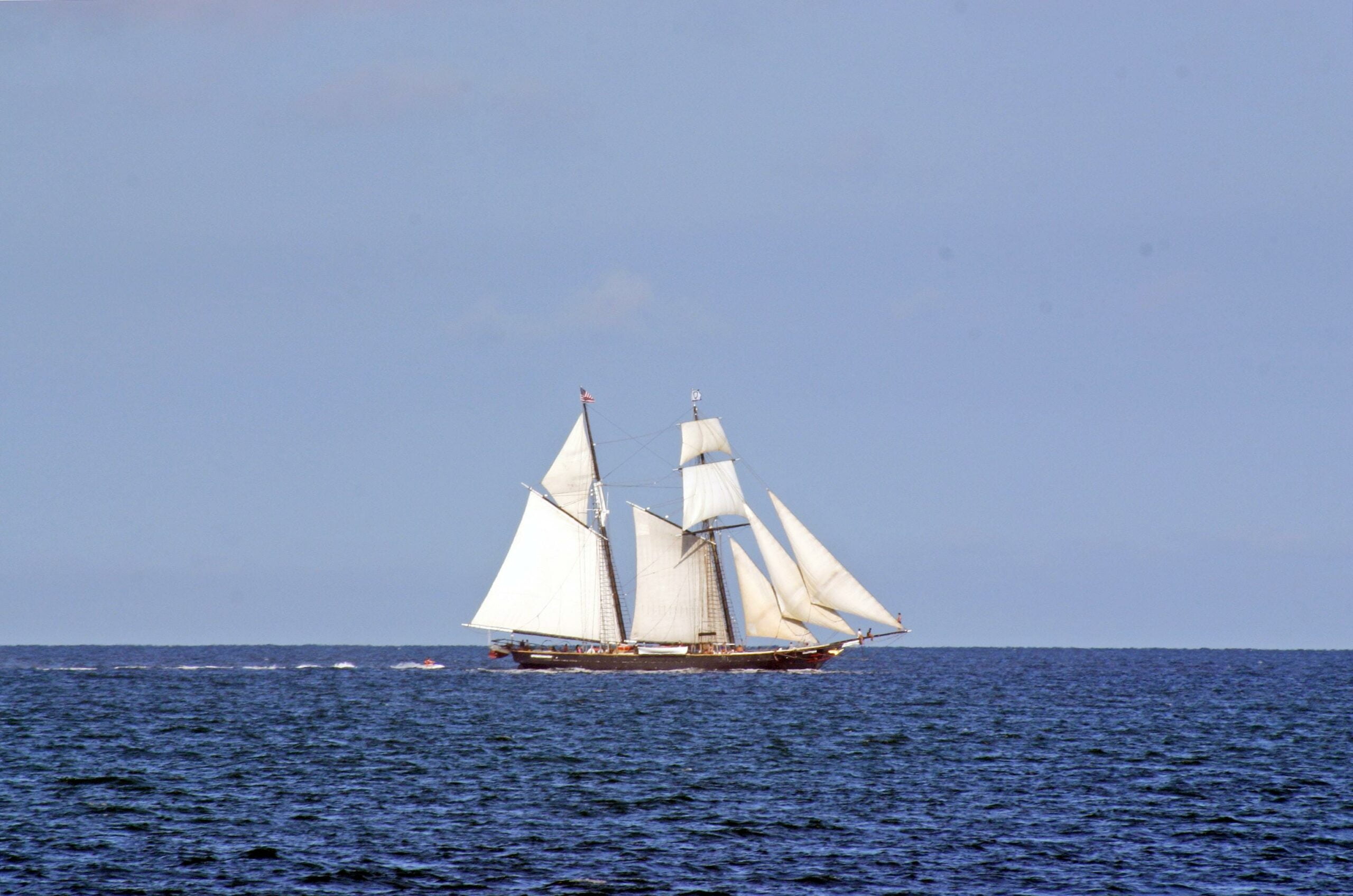
Interesting Facts About Ships
Ships, these magnificent vessels that have traversed the seas for centuries, hold captivating stories of exploration, adventure, and innovation. Let’s embark on a journey to discover some intriguing facts about these floating marvels!
1. Ships and their Remarkable Lifespans
Just like living beings, ships also have their own life expectancy. However, it may surprise you to learn that the lifespan of a ship varies greatly depending on its type, size, and maintenance. While some ships may sail the seas for just a few years, others can withstand the test of time and remain seaworthy for several decades. The maintenance practices and care provided to ships play a vital role in prolonging their lifespan. It’s truly fascinating how these vessels, with proper care, can continue to navigate the world’s oceans, carrying goods and people to distant shores.
2. The Titanic: A Floating Wonder
The ill-fated Titanic, which tragically succumbed to the icy depths of the North Atlantic in 1912, was an architectural marvel of its time. Resplendent in its grandeur, the Titanic was not only the largest ship of its era but also held the distinction of being the largest man-made moving object in the world when it was launched. Its sheer size and opulence continue to captivate us even today, as echoes of its tragic tale still remain.
3. USS Enterprise’s Nuclear Reign
When it comes to technological prowess, the USS Enterprise, a nuclear-powered aircraft carrier, takes the spotlight. This remarkable vessel holds the record for having the largest number of nuclear reactors aboard, a staggering eight in total. These reactors power the ship, propelling it through the waters with impressive speed and efficiency. The USS Enterprise serves as a testament to human ingenuity, showcasing the capabilities of nuclear power in maritime applications.
4. Ship Names: Femininity on the High Seas
Ships are often referred to as “she” by people, a tradition that has been upheld for centuries. This curious linguistic quirk has various theories behind its origin. Some believe ships are referred to as “she” because they embody qualities such as beauty and grace, while others suggest it stems from ancient maritime traditions where sailors viewed ships as symbols of motherly protection. Regardless of the reason, it adds a touch of femininity to the vast expanse of the high seas.
5. Shipping: The Backbone of World Trade
Shipping plays a vital role in global trade, enabling the movement of goods around the world. In fact, a staggering 90% of world trade is carried out via ships. Yet, despite the massive volume of cargo being transported, only a mere 2% to 10% of all containers are inspected. This reliance on shipping highlights the efficiency and expansive reach of this mode of transportation. It’s mind-boggling to ponder the magnitude of goods silently crossing oceans, connecting people and countries in a complex web of trade.
6. The Enormous Cost of Ship Construction
Constructing a ship is no small feat and often demands a significant financial investment. The largest ships can cost over $200 million to build. This hefty price tag takes into account the intricate engineering, high-quality materials, and advanced technologies required to create these mammoth vessels. It truly showcases the magnitude of resources and expertise involved in bringing these maritime wonders to life.
7. Ancient Beginnings: Ships Through the Ages
Ships and boats have been part of human civilization for thousands of years, serving as one of the oldest forms of transportation. These vessels were built with ingenuity and resourcefulness, allowing humans to travel across bodies of water and explore new lands. From ancient rafts to sophisticated modern ships, the evolution of maritime technology has been a testament to human curiosity and the desire to conquer the seas.
Intrigued by these fascinating ship facts? Join us on this voyage of discovery as we unravel more captivating tales from the seafaring world. After all, ships are more than just vessels floating on water – they are vessels of history, innovation, and human achievement.
“The seas, like knowledge, are boundless and hold treasures beyond our wildest imagination.”
Ships have always been a source of fascination and curiosity for many. From their massive size to their intricate navigation systems, there is so much to learn about these incredible vessels. If you’re intrigued by the world of ships and want to dive deeper into the subject, we’ve got you covered! Click here for some fascinating facts about ships: facts about ships. You’ll discover intriguing tidbits about their history, construction, and even some mind-blowing records they hold. Prepare to be amazed as you uncover the secrets hidden within the world of ships.
Interesting Facts About Ships
Did you know that ships have a rich maritime history that spans centuries? From ancient civilizations to modern-day explorations, maritime history facts are full of fascinating stories waiting to be discovered. Click here to unveil intriguing maritime history facts that will transport you to a world of adventure and discovery.
Looking for information on shipbuilding technology? You’ll be amazed by the incredible advancements that have revolutionized the way ships are constructed. Delve into shipbuilding technology facts and explore the innovative techniques used to create these majestic vessels. Dive into the captivating world of shipbuilding technology facts by clicking here.
Have you ever wondered about the latest advancements in naval architecture? Discover the cutting-edge developments that have propelled naval architecture into the future. From sleek designs to enhanced stability systems, the world of naval architecture is constantly evolving. Experience the excitement of the latest naval architecture advancements by clicking here.
Embark on a journey of knowledge and explore the captivating world of maritime history, shipbuilding technology, and naval architecture advancements. Click on the respective links below to dive deeper into each topic:
Unveil the mysteries of the past, present, and future of ships. Each link will take you on a unique adventure, enticing you with captivating information and intriguing insights. Don’t miss out on this opportunity to explore the wonders of maritime history, shipbuilding technology, and naval architecture. Happy exploring!
FAQ
Q: What factors determine the life expectancy of a ship?
A: The life expectancy of a ship depends on its type, size, and maintenance. Different ships have different design lifetimes, ranging from a few years for smaller vessels to several decades for larger ones. Regular maintenance and repairs also play a crucial role in extending a ship’s lifespan.
Q: Which ship holds the record for being the largest man-made moving object at the time of its launch?
A: The Titanic held the title of the largest man-made moving object in the world when it was launched. This iconic ship was a marvel of engineering and luxury, capturing the world’s attention before tragically sinking on its maiden voyage.
Q: Which ship has the largest number of nuclear reactors?
A: The USS Enterprise, an aircraft carrier of the United States Navy, holds the record for having the largest number of nuclear reactors. It is equipped with eight power plants, making it a formidable force in naval operations.
Q: What type of wood was used for war ships in England?
A: English Brown Oak was the preferred wood for constructing war ships in England. During maritime history, all oak trees in England belonged to the Crown, ensuring a steady supply of this durable and resilient timber for shipbuilding.
Q: Why are ships often referred to as “she”?
A: Ships are often referred to as “she” by people due to a longstanding tradition of anthropomorphizing these vessels. This practice is believed to stem from the idea of ships nurturing their crew and being seen as feminine entities. Furthermore, the word for “ship” in many languages, including English, is of feminine gender.
- Crypto Quotes’ Red Flags: Avoid Costly Mistakes - June 30, 2025
- Unlock Inspirational Crypto Quotes: Future Predictions - June 30, 2025
- Famous Bitcoin Quotes: A Deep Dive into Crypto’s History - June 30, 2025
